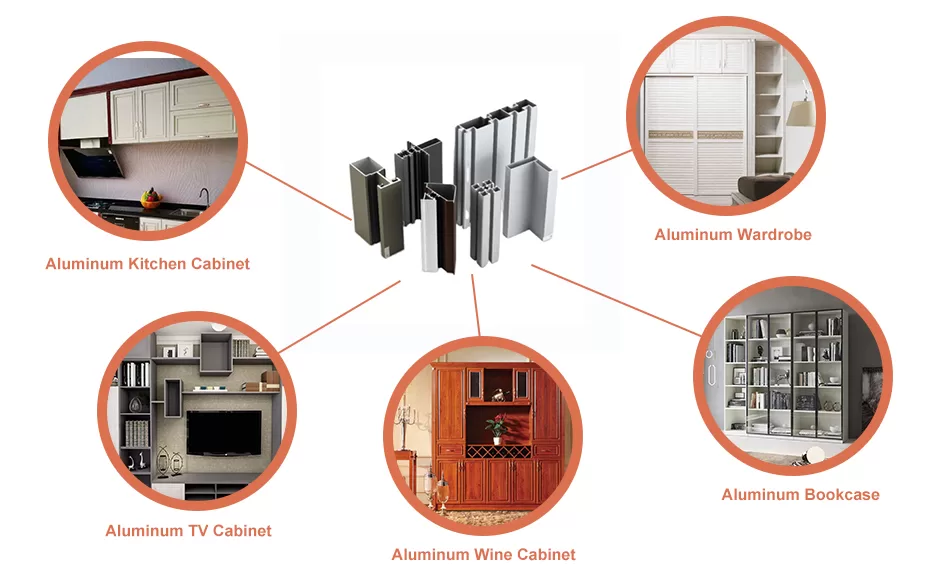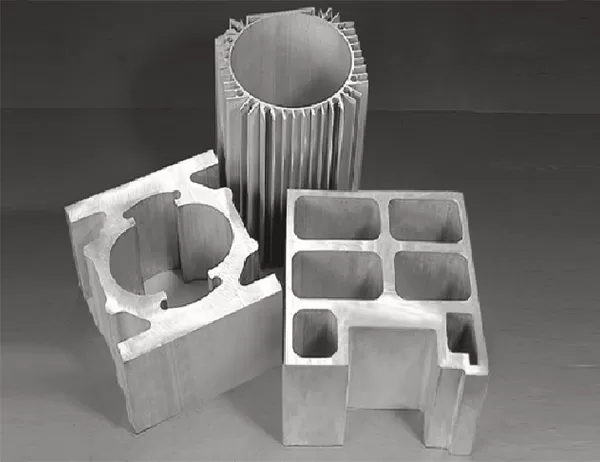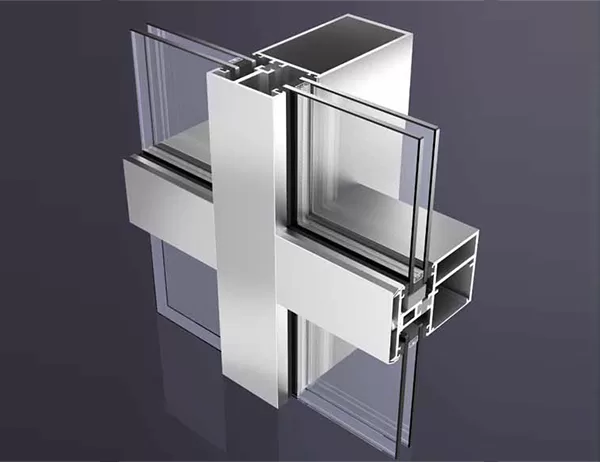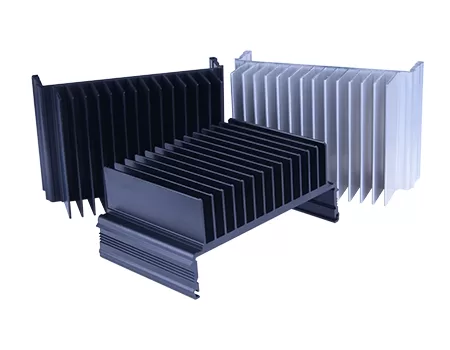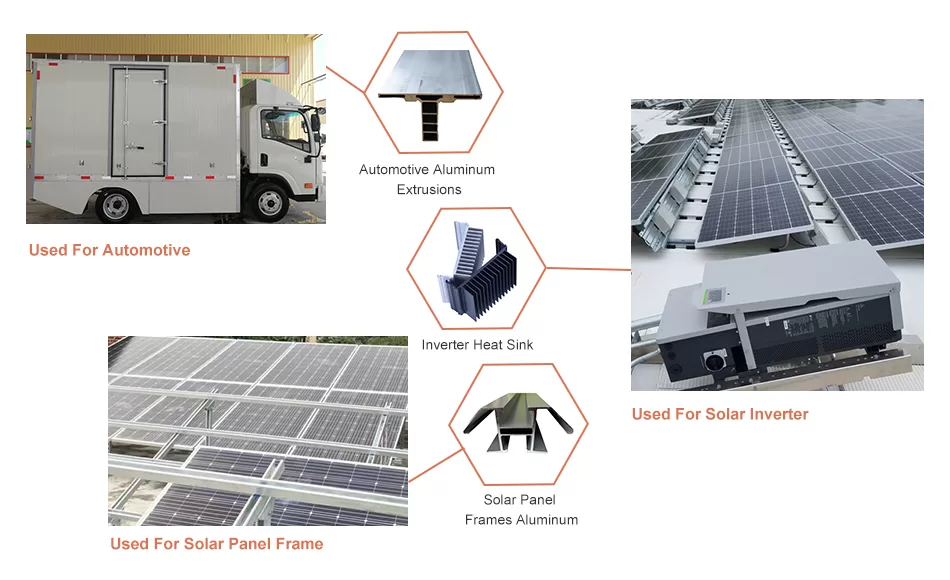Aluminum heat sinks have become increasingly popular in the electronics industry due to their superior heat dissipating properties, which help to protect electronic devices from overheating and failure. In this article, we will explore the benefits of using aluminum for manufacturing of heat sinks and how custom aluminum extrusion can help maximize performance in electronic devices.
Why Aluminum is the Smart Choice for Heat Sinks
Compared to other materials such as copper, synthetic diamonds, and composite materials, aluminum is the most cost-effective and abundant option for heat sinks. It is also a great conductor of electricity and heat, making it the perfect choice for this type of application.
The Benefits of Custom Aluminum Extrusion for Heat Sinks
Custom aluminum extrusion allows engineers to create heat sinks with specific shapes and designs to meet the unique demands of different industries. This flexibility means that manufacturers can create heat sinks that provide optimal heat dissipation for specific devices, resulting in improved performance and longevity.
Maximizing Performance with Aluminum Heat Sinks
Aluminum alloys are the most commonly used materials for creating heat sinks due to their high thermal conductivity, which allows them to efficiently dissipate heat from electronic components. The shape and size of the heat sinks can be designed to optimize heat transfer, making them ideal for use in a variety of electronic devices, including LED lighting, computer motherboards, and power transistors.
In conclusion, aluminum heat sinks are a cost-effective and smart choice for managing heat in electronic devices. Custom aluminum extrusion allows engineers to create heat sinks that are tailored to meet the specific demands of different industries, maximizing performance and ensuring the longevity of electronic devices.
